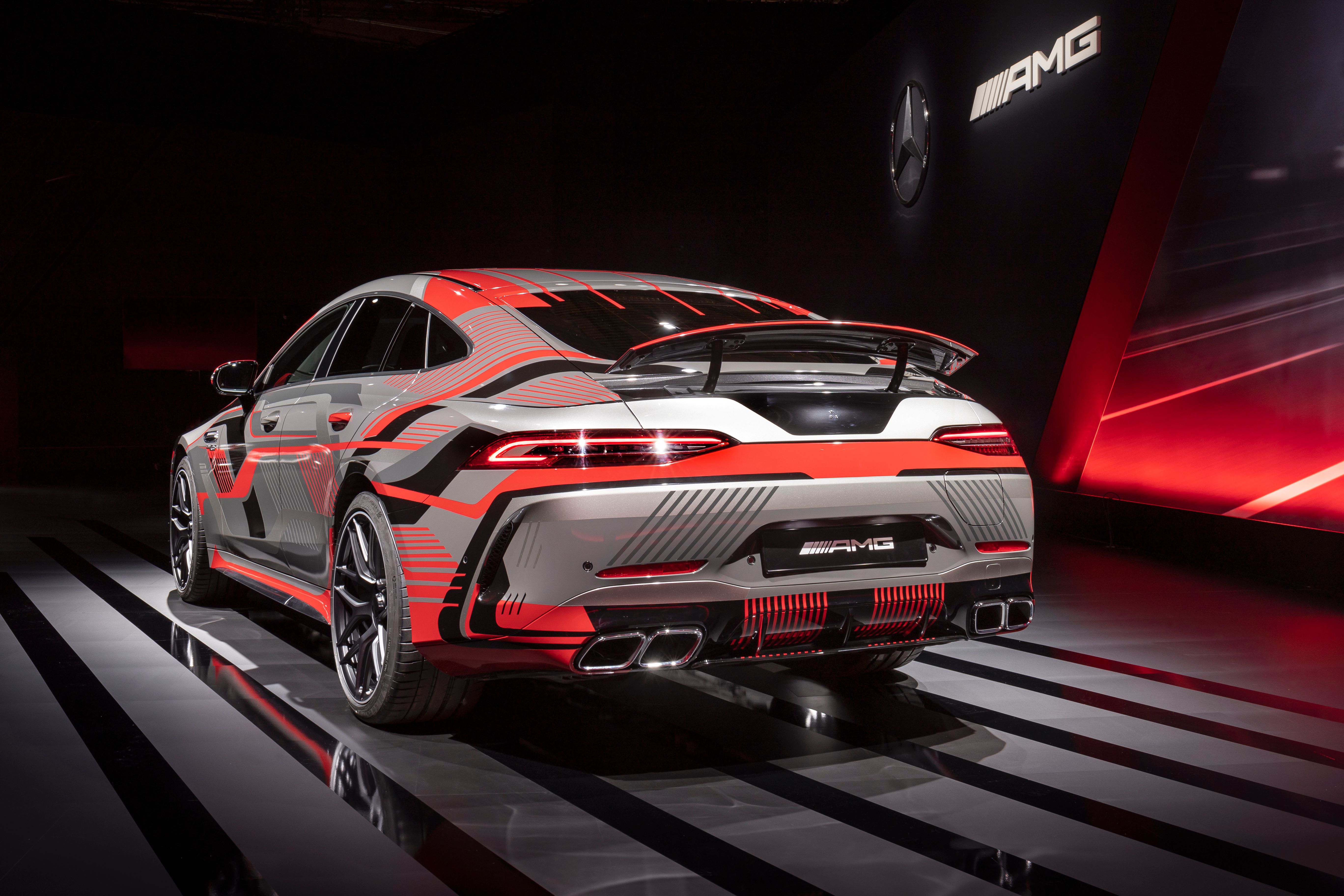The mass transition towards electrification and ever-stringent emissions regulations make all future development of internal combustion engines harder to justify. However, not everyone is ready to make the switch to fully-electric propulsion and there are, of course, those who don’t believe EVs are a long-term solution, but rather a patchwork until a more viable solution comes along. With that said, Mercedes AMG is ready to address the issue by keeping its V-8 and possibly inline-six engines in production right until 2030.
Keeping up with tradition despite the odds
According to Mercedes-Benz vice-president, Joerg Bartels, as long as there is market demand the V-8 and possibly the inline-six engines will stay on offer. This is expected to be most prominent in performance models from the AMG lineup. Despite Mercedes’ introduction of five EV models in 2021, Bartels is adamant that, as long as there is demand, the iconic V-8 will stay in production. The V-8 layout is a staple in AMG’s history and a signature trait of fasts “Mercs”. The first AMG car, the Mercedes 300SEL 6.8 “Rote Sau” featured a V-8, and the first modern(ish)-day fast Mercedes – the 500E (W124) – also had one, so it also makes sense from a historical point of view that the V-8 endures the winds of change a bit longer.
The lifespan of the V-8 is dependent on future emissions regulations
Mercedes’ product development boss says that it is possible to find a technical solution for every request and every regulation although, at some point, emissions regulations will make it nearly impossible to justify developing an internal combustion engine. Nevertheless, he also said that “if there’s still a customer demand (for petrol V-8s) in some regions, and it’s still part of our offering, why should we stop it?”
The aforementioned technical solutions, naturally, translate into higher development costs. “But some customers will still demand six or eight cylinders … You can find technical solutions for every request and every regulation, but sometimes it’s combined with higher costs and the customer are not always willing to pay for it”. Considering that in the current state of the market, many EV models cost nearly twice as much as their ICE-powered counterparts, the threshold is yet to be crossed.
The fate of the inline-six may be tied to the V-8
Mercedes vice-president also mentions six-cylinder engines, which could mean that the newly-developed inline-six engine could also be in Mercedes-Benz’s future plans. The last time Mercedes had an inline-six engine on offer was in the 1998 Mercedes S-Class (W220). The gist of it is that Mercedes still wants to offer ICE-powered performance variants that feature the iconic V-8 and possibly the newly-developed M256, twin-turbo, inline-six engine.
With that said, Mercedes still plans to go electric-only by 2030 and carbon-neutral after 2039. While high-performance models like the Mercedes AMG GT63S E-Performance prolong the life of the twin-turbo V-8 through electrification, it still lives on borrowed time, and come 2030, it will, sadly, share the fate of its V-12 counterpart.
FAQ
Q: How much is a Honda CBX worth?
It depends very much on condition, of course, but a fully restored CBX can fetch in excess of $20,000.
Q: How fast was a Honda CBX1000?
Cycle World magazine achieved a quarter mile time of 11.64 seconds at 117.95mph. The CBX was also the first motorcycle they had tested that achieved 130mph top speed.
Q: Where was the Honda CBX1000 made?
CBX1000s were built in both Japan and America
Q: Who made the first six-cylinder motorcycle?
Honda built a 250cc six-cylinder racing bike in 1966 but it was Benelli who launched the first production six-cylinder motorcycle in 1972.


